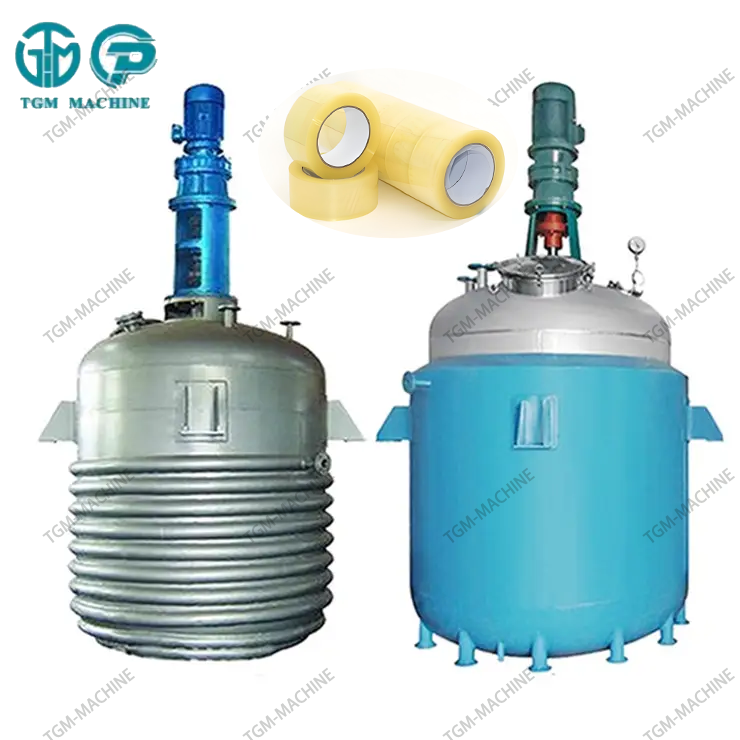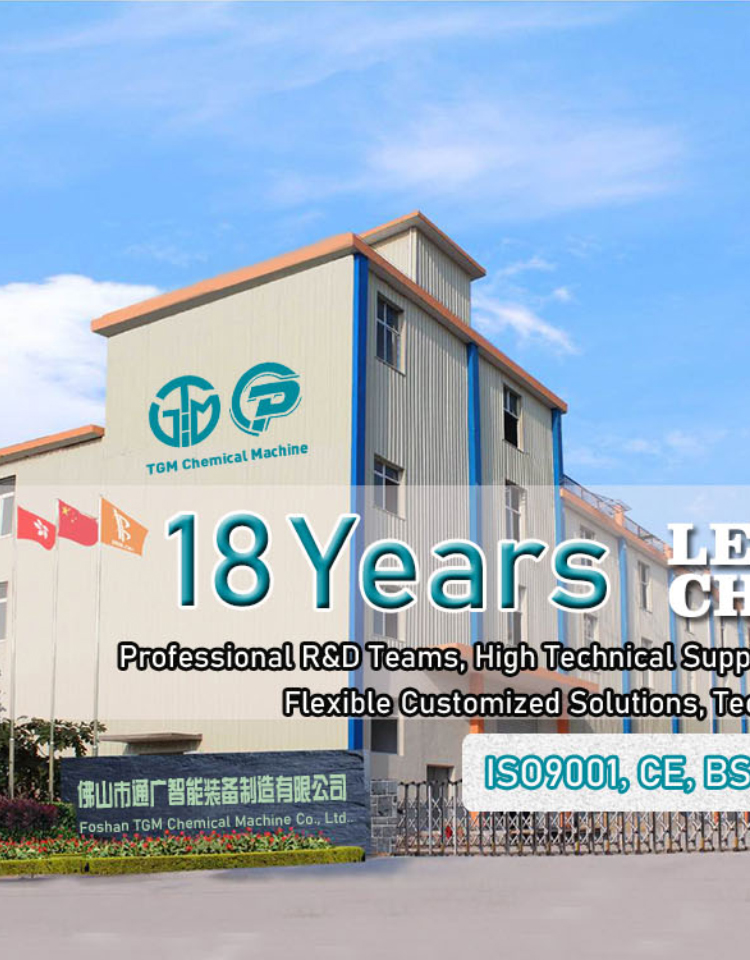Email cannot be empty
Password cannot be empty
Email format error
Email cannot be empty
Email already exists
6-20 characters(letters plus numbers only)
The password is inconsistent
Email format error
Email cannot be empty
Email does not exist
6-20 characters(letters plus numbers only)
The password is inconsistent


The Sticky Science: How We Craft the Glue for Your BOPP Packaging Tape
Ever stop to think about that clear, sturdy tape you use to seal countless boxes? It’s a marvel of modern engineering, and its superpower lies in the thin layer of adhesive that makes it all work. Today, we're pulling back the curtain on the fascinating production process behind the glue for BOPP (Biaxially Oriented Polypropylene) Tape.
The Star of the Show: What is BOPP Tape Glue Made Of?
The adhesive used on most BOPP packaging tapes is a Water-Based Acrylic Adhesive. This isn't your ordinary glue; it's a sophisticated formula designed for performance, durability, and eco-friendliness.
The main components are:
-
Acrylic Polymer Emulsion: This is the heart of the adhesive. Tiny particles of acrylic resin are suspended in water. When the water evaporates, these particles fuse to form a strong, clear, and flexible film that sticks to surfaces.
-
Tackifiers: These additives are the "magnet" of the glue. They provide the initial stickiness (tack) that allows the tape to grip a surface instantly with light pressure.
-
Modifiers: Other additives are used to enhance specific properties, such as:
-
Peel Strength: How much force is needed to remove the tape.
-
Shear Strength: The tape's resistance to sliding under pressure (prevents box flaps from popping open).
-
UV & Temperature Resistance: Ensures the tape performs well in various storage and shipping conditions.
-
-
Water: The solvent that holds everything together in a liquid state before application. Its evaporation is a key part of the curing process.
The Production Journey: From Raw Materials to Roll
Creating this adhesive is a precise, multi-stage operation. Here’s a simplified look at the journey:
Step 1: The Formula
It all starts in the lab. Chemists develop a specific recipe based on the desired performance of the final tape. This formula dictates the exact ratios of polymer emulsion, tackifiers, and modifiers.
Step 2: The Mixing (Compounding)
In a large, stainless-steel tank called a reactor, the ingredients are combined. The process begins with the acrylic emulsion and water. Tackifiers and other modifiers are then slowly added under controlled conditions. This mixing is critical—it must be thorough and gentle to avoid creating bubbles or breaking down the emulsion's chemical structure.
Step 3: Quality Control (QC) Testing
Before the adhesive ever touches a roll of BOPP film, samples are taken to the QC lab. Technicians test for key parameters like:
-
Viscosity: Is it thin enough to be applied evenly?
-
Solid Content: How much actual adhesive will be left after the water evaporates?
-
pH Level: Ensuring it's not too acidic or alkaline, which could affect stability or corrode equipment.
-
Tack & Peel Strength: Small-scale tests are done to predict final performance.
Step 4: The Coating Process
Once approved, the adhesive is pumped to the coating machine. The clear BOPP film, which is incredibly strong and smooth, unwinds from a giant roll. The liquid adhesive is applied using a precision method, often a gravure roller, which has microscopic cells that pick up a perfectly controlled amount of glue and transfer it evenly onto the film.
Step 5: Drying and Curing
The newly coated film immediately enters a long, multi-zone drying oven. Here, hot air circulates, gently evaporating the water. As the water leaves, the acrylic particles coalesce (merge) to form a continuous, tacky, and solid adhesive layer. The temperature and speed are carefully controlled to ensure complete drying without damaging the BOPP film.
Step 6: Rewinding and Slitting
The dry, sticky tape is then rewound into a large "jumbo roll." Finally, these jumbo rolls are fed into slitting machines, which cut them into the familiar, smaller widths (like 48mm or 72mm) and lengths that are sold in stores.
Why Water-Based Acrylic?
You might wonder why this type of adhesive is so popular. The reasons are compelling:
-
Eco-Friendly: It uses water as a solvent, releasing minimal Volatile Organic Compounds (VOCs) into the atmosphere, unlike solvent-based alternatives.
-
Safe & Non-Flammable: The absence of harsh chemicals makes production safer and the final product non-flammable.
-
Clear & Stable: Acrylic adhesive remains clear, doesn't yellow over time, and maintains its stickiness for years.
-
High Performance: It offers an excellent balance of quick tack, strong holding power, and resistance to aging and weathering.
The Final Seal
The next time you tear off a piece of packing tape, you'll know there's more to it than meets the eye. It's the result of sophisticated chemical engineering and a meticulous manufacturing process, all dedicated to creating that perfect, reliable stick. From the chemistry lab to the coating line, every step is crucial in delivering the simple yet vital tool that holds our shipped world together.

